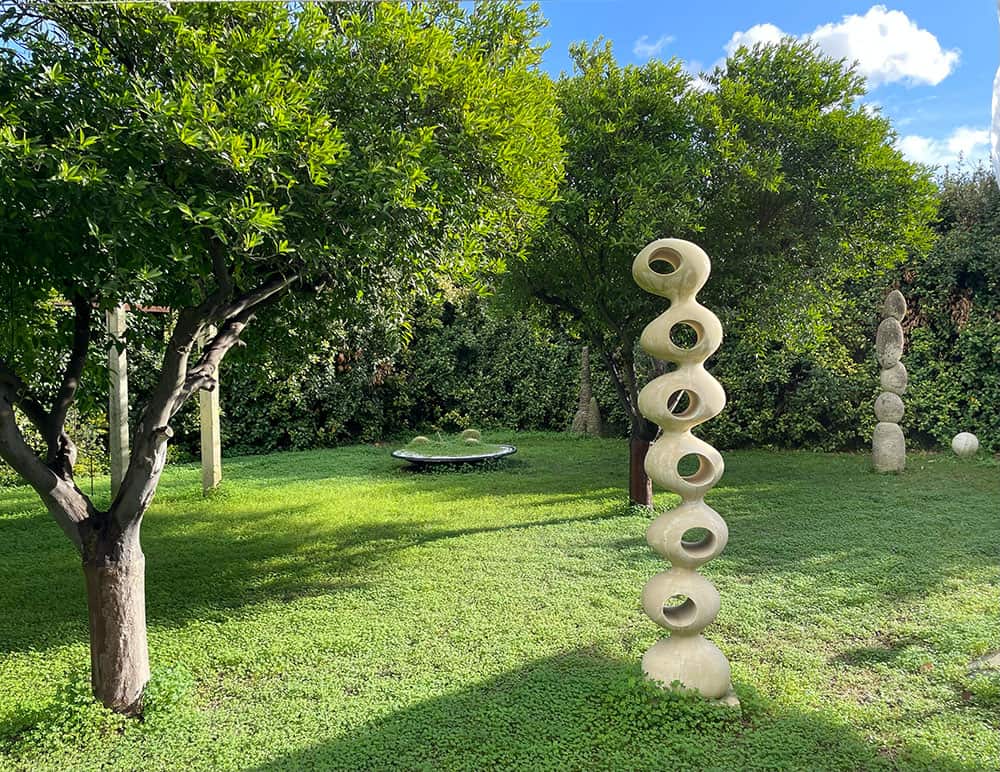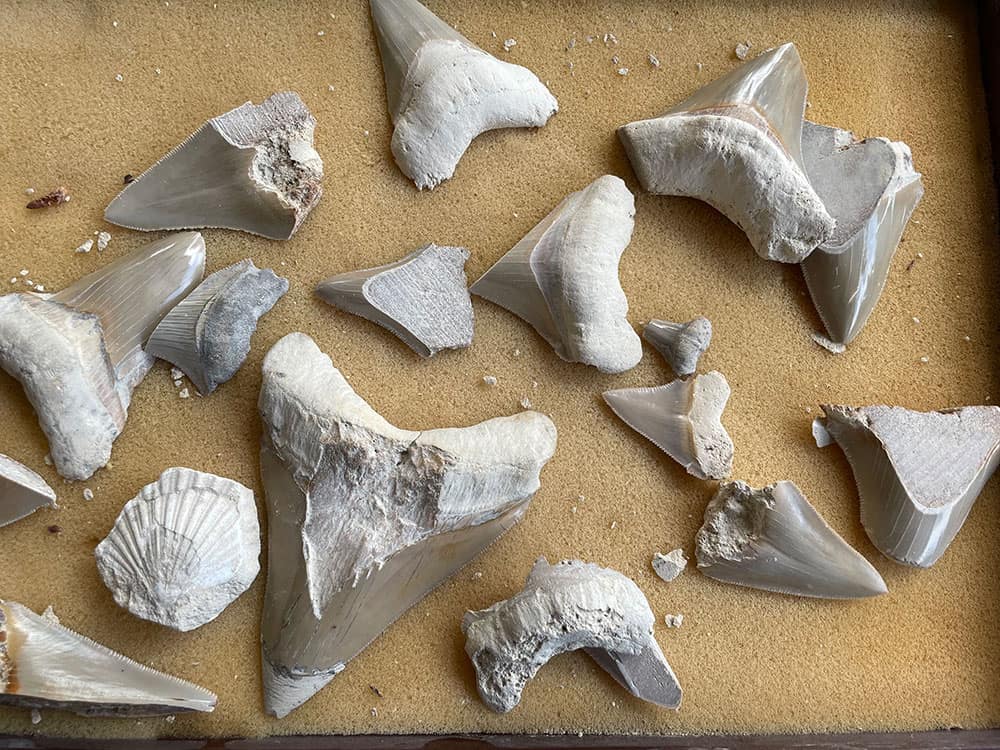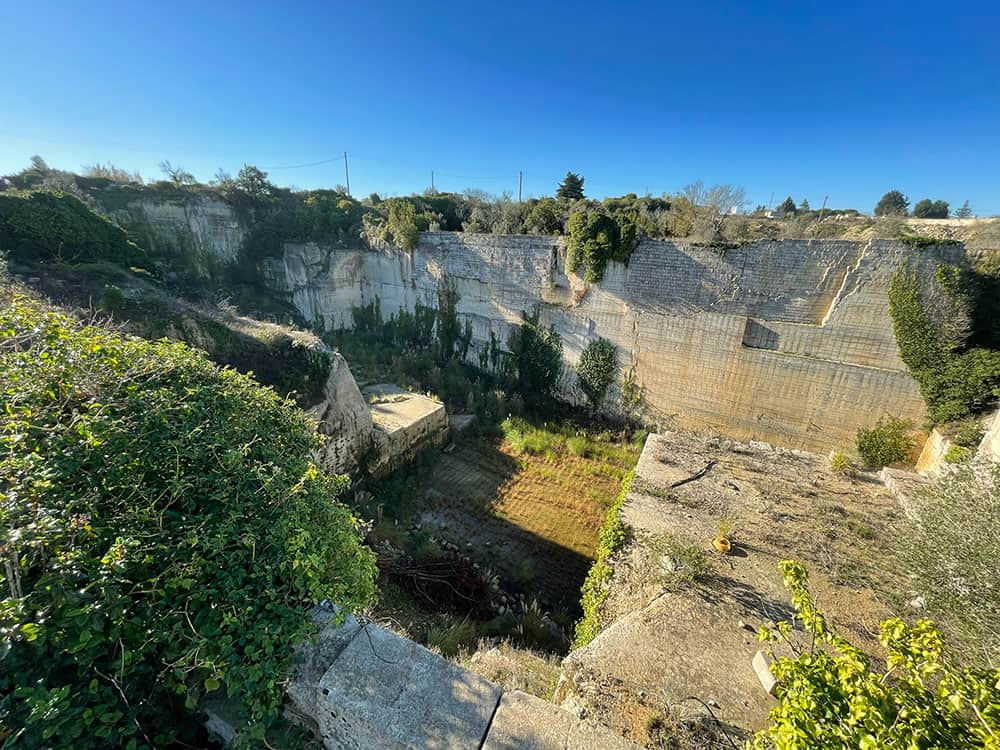I return to Salento after almost 25 years. Puglia, like Greece for us Milanese, is a summer land: both are places we tend to visit only during the holidays, in July or August, typically when the thermometer hits 40 degrees.
Two months ago, a couple of friends moved to Salento, to a beautiful countryside house near Lecce. As when offspring move to another city for university, I decided to visit them for a few days to ease the sadness of separation, under the excuse of checking their mood and their new home.
And just like offspring living away from home, I found they were doing wonderfully, already perfectly settled.
Nazim and I spent two summers in this area many years ago, and I still vividly remember the blinding light, the clearest of skies, and the marvelous Baroque architecture scattered almost everywhere in these parts.
I believe there isn’t a town, village, or tiny cluster of houses in Salento that doesn’t boast a church, chapel, palace, or castle worth visiting.
Beauty here is a widespread treasure. Fortunately, over the years, both the local population and authorities have recognized the value of their territory and have worked to preserve this priceless artistic and architectural heritage.
In recent years, Puglia has grown enormously in tourism (I dare say, at times, too much), making it economically easier for local administrations to commit to its enhancement, thanks to tourism’s financial boost.
The most prevalent style in Salento is undoubtedly Baroque, which began to spread at the end of the 16th century. Its stylistic adoption is often linked to the period following the victory at the Battle of Lepanto in 1571 against the Muslim fleets of the Ottoman Empire when the region began to feel definitively free from the Turkish threat.
In the 1600s, Lecce ceased being a fortified city characterized by rigid, defensive architecture and embraced the sinuous forms that would remain in vogue for the next two centuries. This transformation occurred primarily thanks to the Church, which began restoring all pre-existing religious buildings with a softer, more graceful style. Friezes, capitals, pinnacles, and rose windows turned urban areas into astonishing decorations, rich like jewels and delicate like lace.
The peculiarity of Salento Baroque is that it is crafted almost entirely with Lecce stone, in addition to the tuff used for structural parts. Lecce stone is a unique material quarried in the southern part of the peninsula. (Only Maltese stone shares similar characteristics.)
I mentioned earlier the memory of the summer light that characterizes Southern Italy, but here it interacts spectacularly, enhancing the golden hues of this stone with its truly unique qualities.
Lecce stone, called “liccisu” in dialect, is extracted as parallelepiped blocks of various sizes from open-air quarries up to 50 meters deep. It is a limestone dating back to the Miocene epoch (between 23.03 and 5.332 million years ago).
Inside the stone, it’s easy to find fossils of cephalopods, dolphins, sperm whales, shark teeth, fish, turtles, and crocodiles.
Most excavations are located in the countryside between the towns of Corigliano d’Otranto, Cursi, Maglie, and Melpignano. For time immemorial, this stone has been used by humans due to its softness (it cuts and extracts way more easilier than marble) and it has the unique property of hardening over time when exposed to air.
Beyond admiring the spectacular lace-like facades and portals, I had the urge to manipulate this material. My friends are fortunate to know Renzo Buttazzo, a renowned Salento artist who, since 1986, has been exploring the creative possibilities this ancient stone offers (here he is pictured with my host Carlo Sigon, who introduced me to him).

Renzo is lean and shaggy, affectionate yet determined, and permanently covered in a fine layer of dust. At our request, he welcomed us into his garden workshop, full of past creations, stones waiting to be sculpted, tools of all kinds and sizes, templates, drills, and sheets of sandpaper.
Used to teaching the basics of Lecce stone sculpture in workshops to eager beginners from all over the world, Renzo transmits all his enthusiasm for a job that seems to endlessly delight him. Happy to share his knowledge, he generously imparts his vast experience, guiding you gently without imposing his vision.
During my brief apprenticeship, time flew, and the result of my first attempt was satisfying. Lecce stone is truly “gentle”; it yields to your desires, quickly shedding unwanted volumes and taking you where you want to go in no time. Marble is tenacious, demanding immense strength and determination. As Michelangelo said (pardon the comparison), the form is already there, waiting to be revealed, but what a struggle to uncover it! Lecce stone, on the other hand, does not resist; it lets you shape it even if you’re a novice or unsure of your ideas. This is both encouraging and fun. It’s for everyone.
Once satisfied with my hands-on experience, I wanted to visit the depths from which this stone is extracted. In the countryside between the towns I mentioned, you can spot quarries: some are abandoned, partially reclaimed by vegetation, while others are bustling with activity. Inside, men and machinery voraciously carve into the vertical walls of these deep pits.
Lecce stone is beloved worldwide—from Saudi Arabia to Russia, the United States, and Canada—where everyone seems to want a piece of its soft, sunlit shimmer for their homes or gardens.
Of course, seeing the land so heavily exploited leaves an impression. The quarries evoke Biblical images of suffering and slavery or dystopian landscapes of the future. It’s impossible not to consider the environmental cost of so much beauty.
Thankfully, many exhausted quarries have been converted into olive groves and vineyards, giving the land a chance to regenerate. As is well known, Puglia has faced a decade-long epidemic of Xylella (a pathogenic bacterium that kills olive trees by attacking them internally), devastating a unique heritage of ancient and millennia-old olive trees and crippling a prosperous olive oil economy. Seeing these areas repurposed for agriculture is a great joy.
Salento can only be partially described; it must be discovered, explored, visited—tasting its rich yet simple cuisine, drinking its strong wine, swimming in its clear sea, and listening to its music, which I will tell you about one day.
For me, it was a revelation to visit this region in the dead of winter (with temperatures still averaging 15–16 degrees in December!), free of the chaos of summer tourism. As always, I encourage everyone to choose the less crowded months to fully enjoy the beauty of these places and the legendary hospitality of the Pugliese people.
There is no greater luxury than feeling like one of the lucky few, and to achieve this illusion, you only need to step aside from the great flow—something tourists from Northern Europe have long learned to do, preferring to stumble upon a closed museum rather than a queue to park at a beach overflowing with swimmers.
Renzo Buttazzo’s web site is here
If you plan on visiting here is the map to the wonderful city of Lecce
Betti































3 Comments
Bren Haas
January 4, 2025What a beautiful article – the images are breath-taking. We have many quarries in our area. Your research share here has inspired me to take a closer look at what our quarries specifically a park near by where one is located for public to enjoy.
Happy New Year – found you via the Casa Chiesi Italy Newsletter.
casachiesi
January 6, 2025Thank you so much Bren for your wonderful comments! After a two year sabbatical (work, family, covid, etc…) we are back to visiting our beautiful Italy. Watch this space for extra surprises in the coming 2025! I am curious about the quarries you mention. What type of stone? We are due for a visit to Massa Carrera where most of the italian marble quarries are located.
Bren Haas
January 6, 2025Hey friends at Casa Chiesi – I am looking forward to your new adventure shares in 2025. I live and grow in Ohio where our quarries harvest : clay, limestone, shale and coal. After searching online about our quarries I see Quartz: A common mineral in Ohio. This has inspired me to look closer at the stream we have rolling through our property to see what I may find! When the ground isn’t frozen I will be sure to post some video and photos of the public quarries in my area. Wonderful to see Italy through your camera lens on Casa Chiesi.